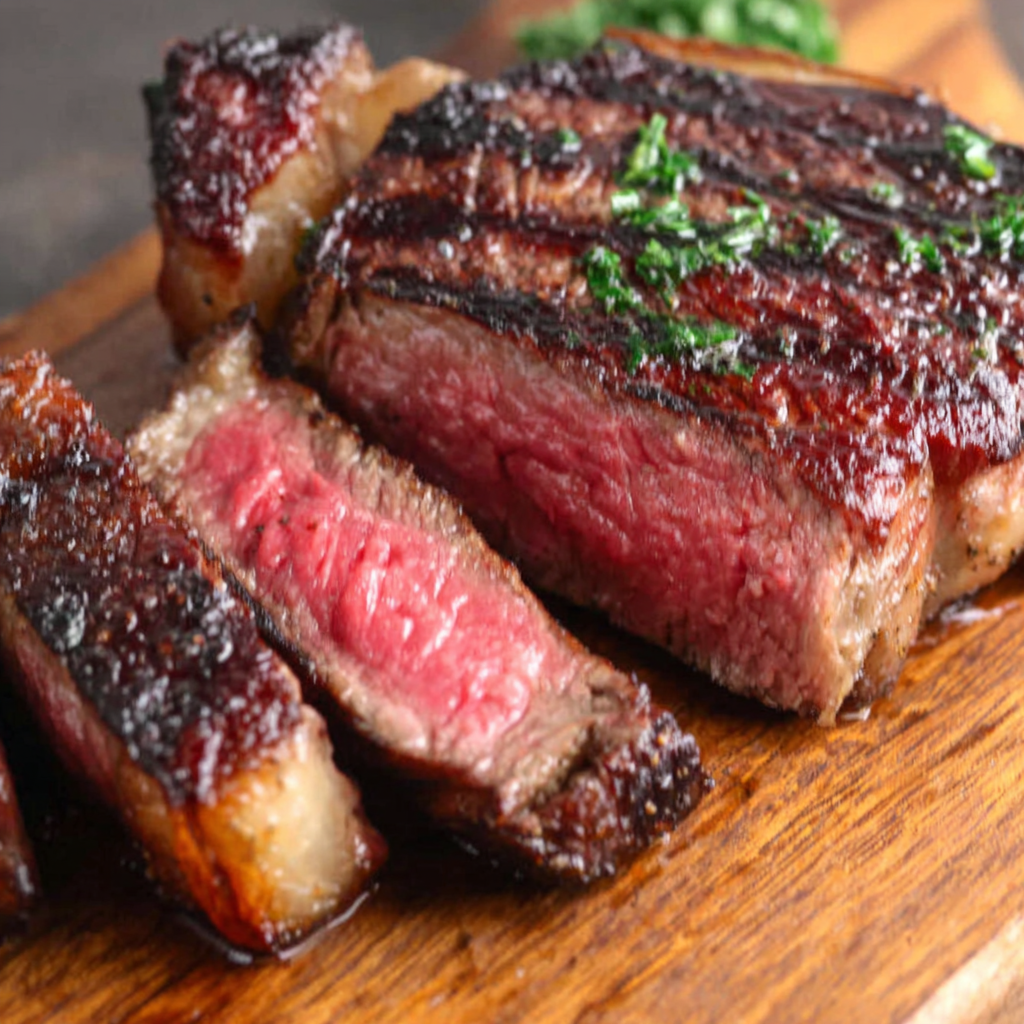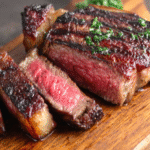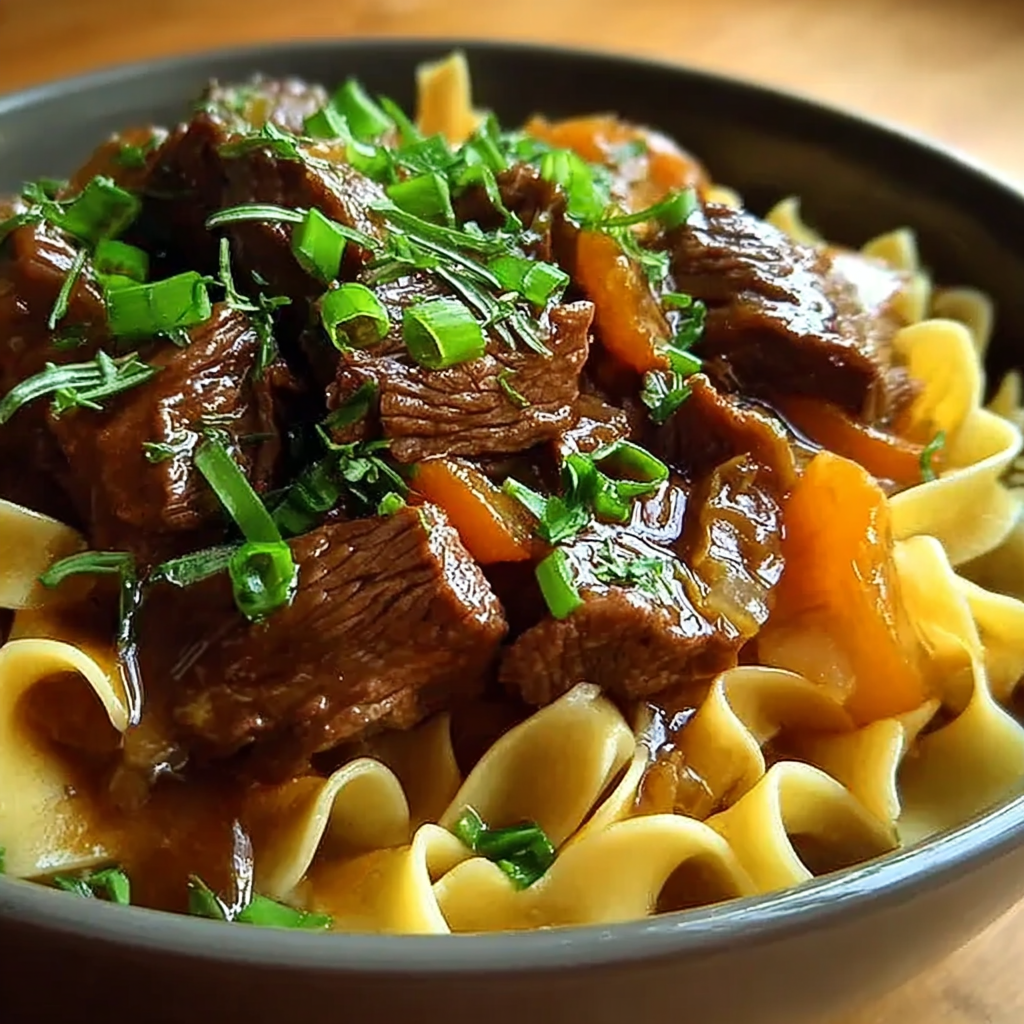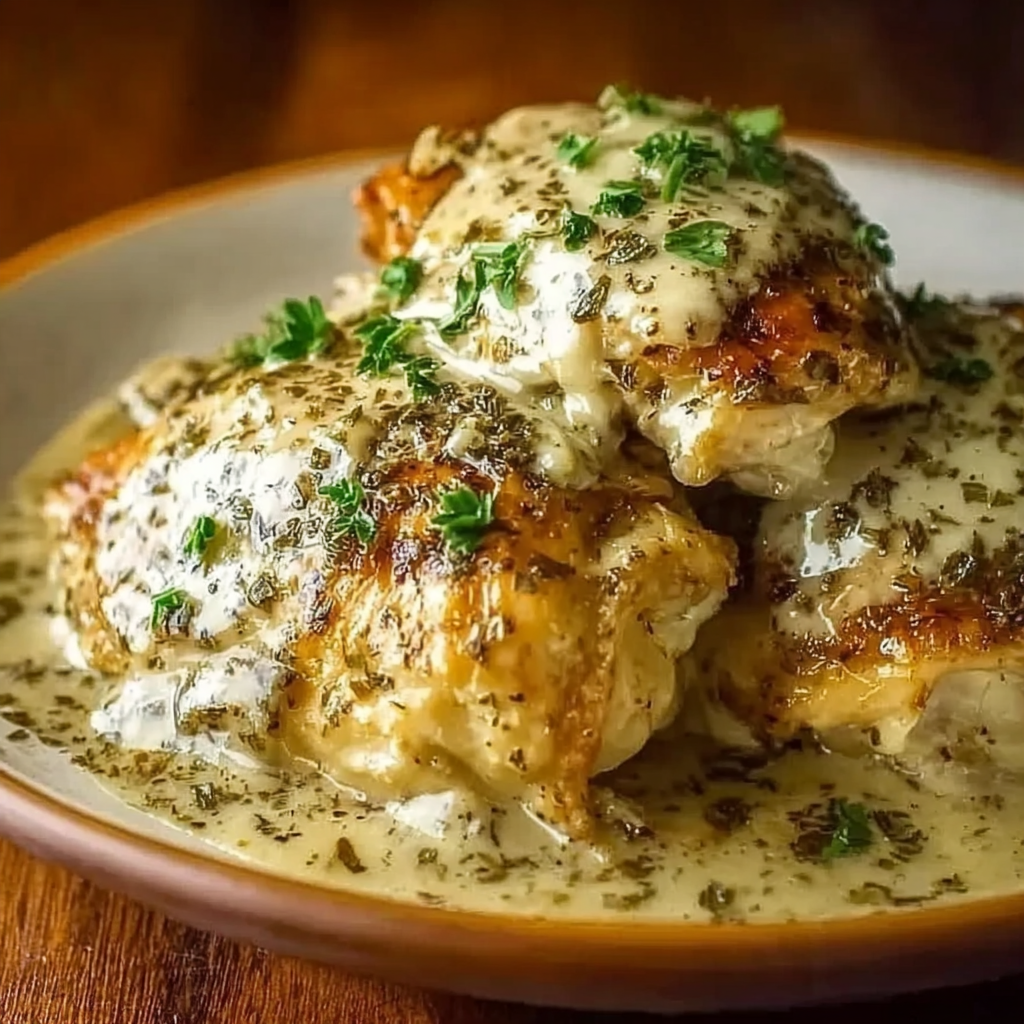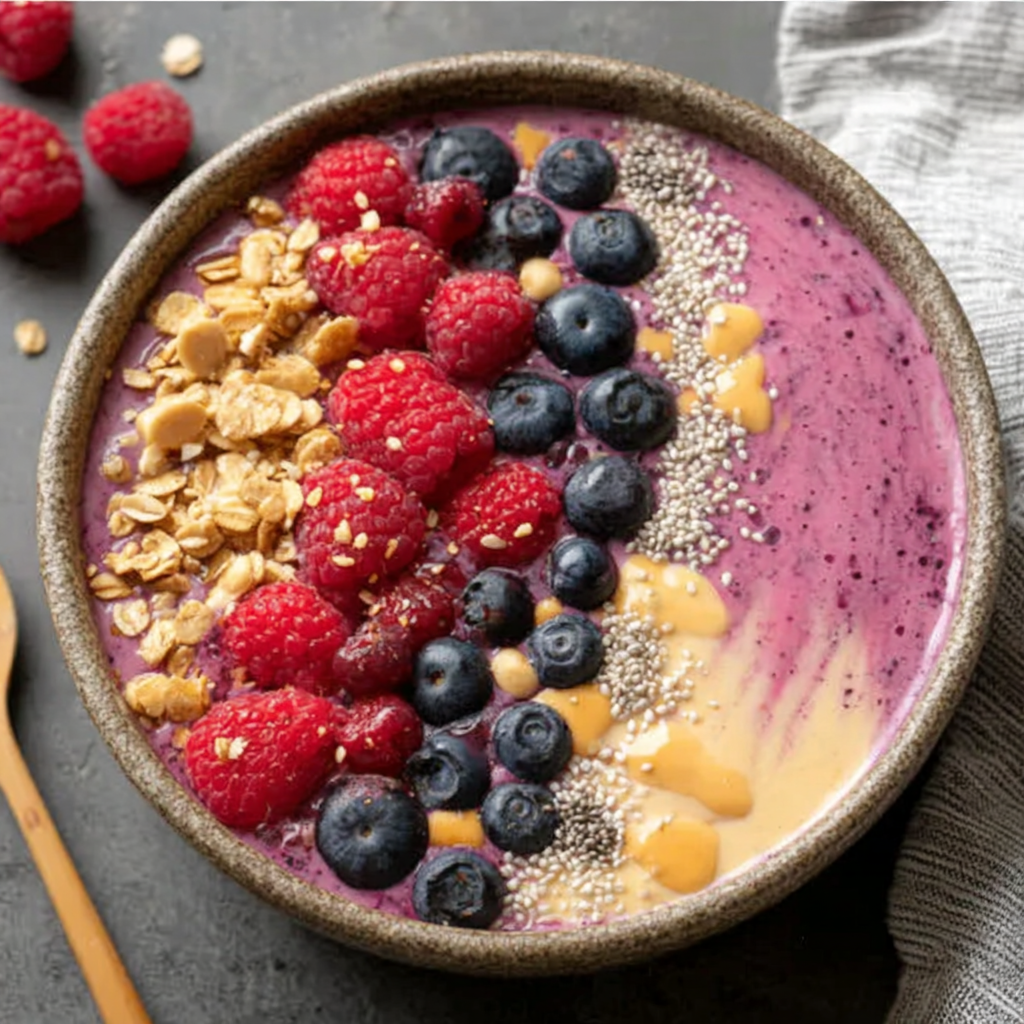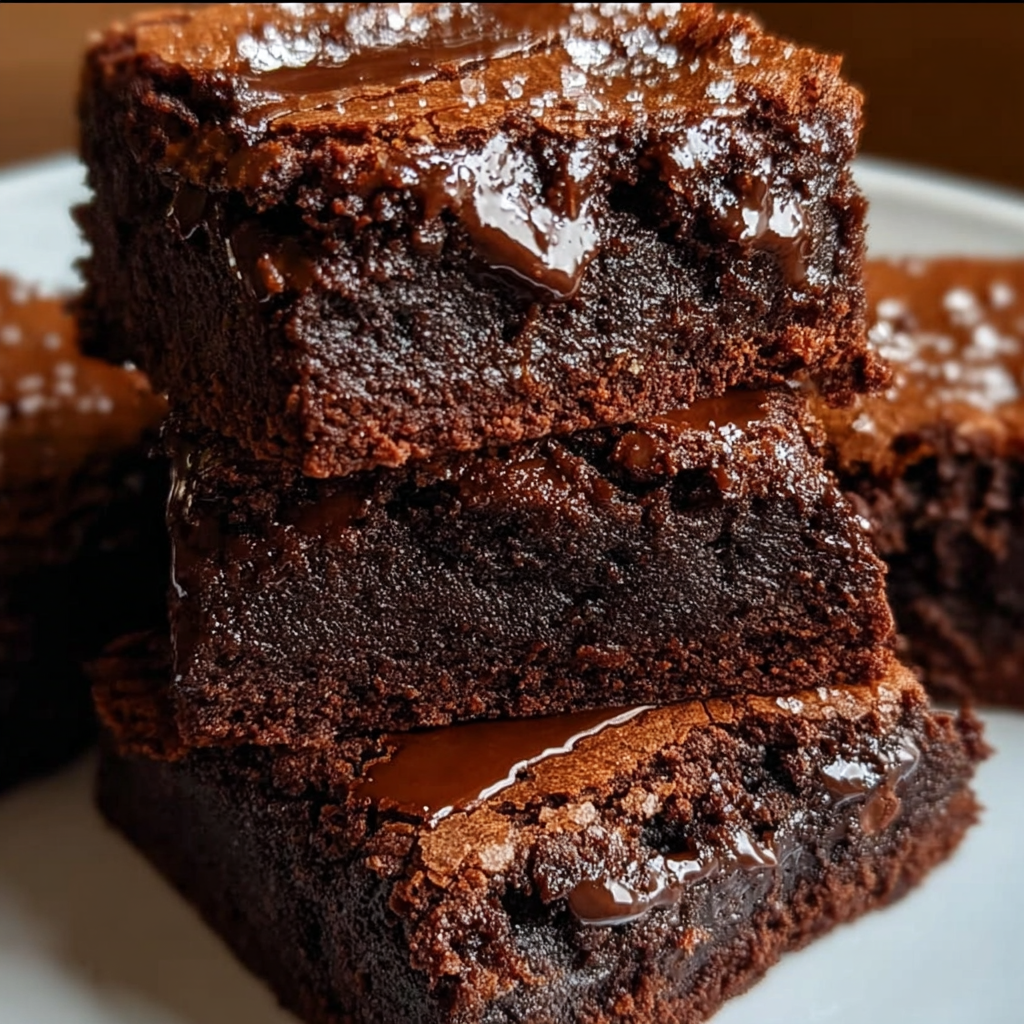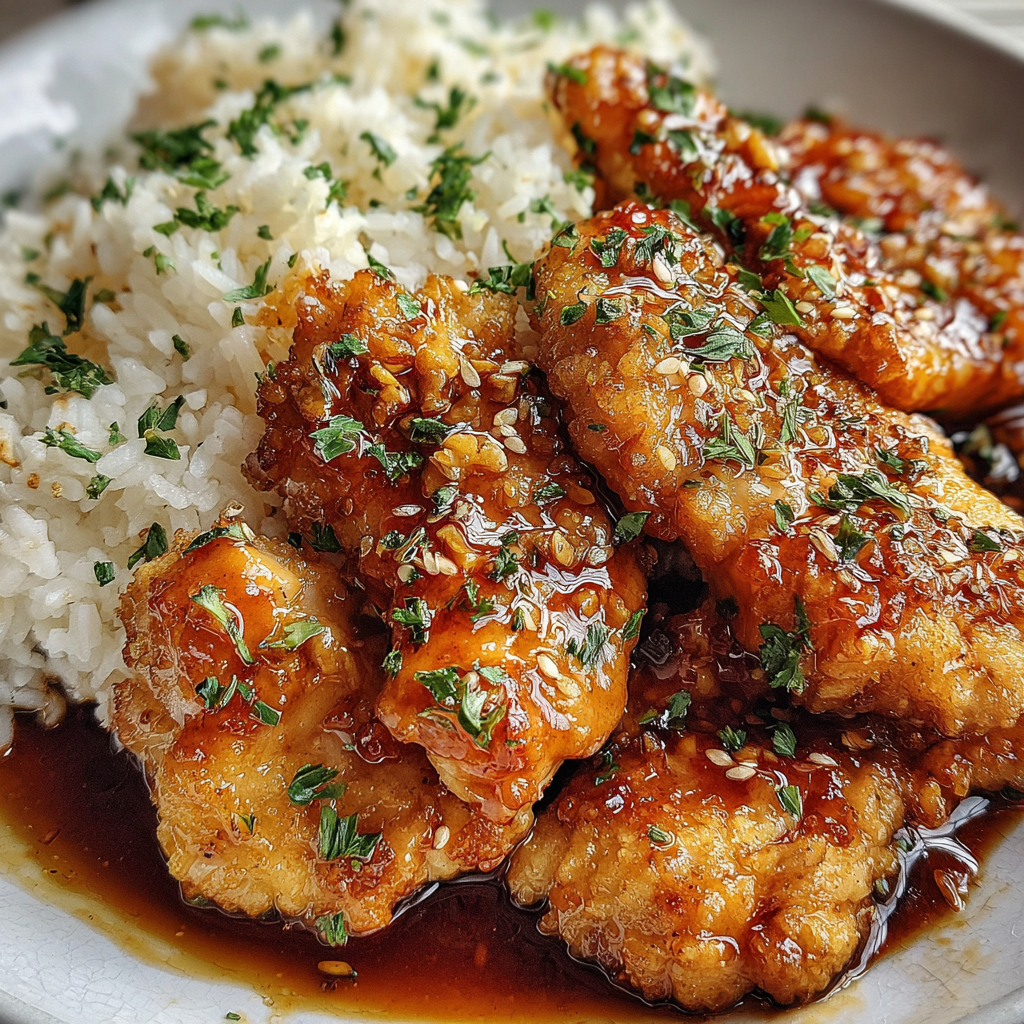Introduction
When it comes to steak, few cuts can rival the ribeye for its rich flavor and buttery tenderness. Known for its marbling, the ribeye is a favorite among meat lovers, offering a juicy bite that makes every mouthful a satisfying experience.
Cooking ribeye at home can be a delightful endeavor, whether you're preparing a special dinner or simply indulging in a relaxing evening at home. With the right techniques and flavors, you can elevate your ribeye from standard to spectacular.
This article will guide you through the essential ingredients and methods to create a ribeye steak that is bursting with flavor. Prepare to impress yourself and your guests with this delectable cut.
Ingredients
- 2 ribeye steaks, 1.5 inches thick
Select ribeye steaks with good marbling for maximum flavor. The marbling refers to the fat interspersed within the muscle, which melts during cooking, keeping the steak juicy. - 2 tablespoons olive oil
Olive oil helps create a beautiful sear on the steak's surface, enhancing flavor and texture. Additionally, it helps prevent the steak from sticking to the grill or pan. - 2 teaspoons kosher salt
Salt is crucial for seasoning the steak and draws out moisture to enhance flavor. Kosher salt is excellent because its coarse texture makes it easy to apply evenly. - 1 teaspoon black pepper
Black pepper adds a subtle heat and complexity to the steak's flavor. Freshly ground pepper is recommended for the best taste. - 2 tablespoons unsalted butter
Butter adds richness and helps baste the steak during the cooking process, resulting in a more flavorful and juicy outcome. - 2 sprigs of fresh rosemary or thyme
Fresh herbs infuse the steak with aromatic notes. They can elevate the flavor and add a gourmet touch to the dish. - 1 garlic clove, smashed
Garlic adds a wonderful fragrance and depth of flavor. Smashed garlic releases its oils, enhancing the overall taste experience.
Directions & Preparation
Step 1: Remove ribeyes from the refrigerator 30 minutes prior to cooking.
Allowing the steaks to reach room temperature ensures more even cooking. Cold steaks can lead to a seared exterior and an undercooked interior. This resting period is vital for optimal texture.
Step 2: Season both sides of the steaks generously with kosher salt and black pepper.
Proper seasoning enhances the natural flavors of the beef. The salt will penetrate the meat, enhancing its juiciness and creating a savory crust during the cooking process. Don’t be shy with the seasoning!
Step 3: Heat olive oil in a cast-iron skillet over medium-high heat until it shimmers.
Getting your skillet hot enough is key to achieving a perfect sear. The shimmering oil indicates it's hot enough to form a golden crust on the steaks, locking in juices and flavor.
Step 4: Add the ribeyes to the skillet; sear for 4-5 minutes without moving.
Letting the steak sear undisturbed helps to develop a rich crust. Moving the steaks too soon can prevent the coveted Maillard reaction, which enhances browning and flavor development.
Step 5: Flip the steaks and add butter, garlic, and herbs to the pan.
Flipping the steak at this point allows for even cooking, while the butter and aromatics will lend additional flavors. Basting the steaks with the melted butter creates a luxurious and enhanced flavor profile.
Step 6: Continue to cook for another 4-5 minutes for medium-rare.
Cooking time can vary based on thickness and personal preference. Using a meat thermometer, aim for an internal temperature of 130-135°F for medium-rare. This ensures a juicy, tender steak.
Step 7: Remove the steaks from the skillet and let rest for 10 minutes.
Resting allows the juices to redistribute throughout the meat, which is crucial for a moist steak. Cutting into the steak too soon can cause all the juices to run out, resulting in a dry bite.
Step 8: Slice, serve, and enjoy your perfectly cooked ribeye.
Serving your ribeye sliced against the grain maximizes tenderness. Pair it with sides of your choice and savor the juiciness and rich flavors that you've crafted with care.

Choosing the Right Ribeye
When selecting ribeye steaks, look for those with abundant marbling for the best flavor and tenderness. Prime-grade ribeyes are ideal for a special occasion, offering superior fat distribution. If you prefer a leaner cut, choose Choice-grade ribeyes for a leaner option while still benefiting from the rich flavor characteristic of this cut.
The Importance of Basting
Basting your ribeye with melted butter, garlic, and herbs infuses the meat with additional favor while keeping it juicy. This technique elevates your steak from ordinary to extraordinary. As you tilt the pan slightly and spoon the melted butter over the steak during the last moments of cooking, you’ll notice an aromatic aroma enveloping your kitchen.
Serving and Pairing Suggestions
Ribeye pairs beautifully with various sides, such as roasted vegetables, creamy mashed potatoes, or a fresh garden salad. Additionally, consider serving with a bold red wine or a smoky bourbon cocktail to complement the rich flavors of the steak, creating an enjoyable dining experience that highlights your culinary skills.
FAQs
What should I do if my ribeye turns out bland?
If your ribeye lacks flavor, ensure you season it adequately prior to cooking. A generous rub of salt and pepper enhances the natural beef taste. You can also try marinating the steak for a few hours.
How can I prevent my ribeye from being overcooked?
Using a meat thermometer is essential; aim for 130-135°F for medium-rare. Pay attention to resting time as well, as residual cooking can increase doneness.
What if my ribeye is too thick for my cooking method?
For thicker cuts, sear the steak on high heat initially, then transfer it to a preheated oven to finish cooking. This method allows for even cooking without burning the exterior.
Can I use other fats instead of butter for basting?
Yes, alternatives like ghee or flavored oils can be used for basting. However, remember that these will alter the flavor profile slightly.
What type of salt is best for seasoning ribeye?
Kosher salt is ideal due to its larger grains, making it easy to apply evenly. It dissolves well, allowing for effective seasoning without overwhelming the steak.
How can I scale this recipe for a larger gathering?
Simply increase the number of ribeyes and scale the seasoning proportionately. When cooking multiple steaks, use a larger skillet or work in batches to avoid overcrowding.
Conclusion
Cooking ribeye is an art that truly shines when you allow the natural flavors of the meat to come forward. By taking the time to properly season, sear, and rest your steak, you will enjoy one of the most sumptuous cuts of meat available.
Take the experience up a notch by experimenting with different herbs or side dishes to find your perfect pairing. Savor each bite, knowing you created a restaurant-quality meal right in your own kitchen.
Recipe Card
Ribeye – The Juiciest Steak You’ll Ever Cook
Ingredients
- 2 ribeye steaks 1.5 inches thick
- 2 tablespoons olive oil
- 2 teaspoons kosher salt
- 1 teaspoon black pepper
- 2 tablespoons unsalted butter
- 2 sprigs of fresh rosemary or thyme
- 1 garlic clove smashed
Instructions
- Remove ribeyes from the refrigerator 30 minutes prior to cooking.
- Season both sides of the steaks generously with kosher salt and black pepper.
- Heat olive oil in a cast-iron skillet over medium-high heat until it shimmers.
- Add the ribeyes to the skillet; sear for 4-5 minutes without moving.
- Flip the steaks and add butter, garlic, and herbs to the pan.
- Continue to cook for another 4-5 minutes for medium-rare.
- Remove the steaks from the skillet and let rest for 10 minutes.
- Slice, serve, and enjoy your perfectly cooked ribeye.
Notes
Additional serving suggestions: pair with a crisp salad, garlic bread, or roasted seasonal vegetables for balance.
For make-ahead, prep components separately and assemble just before heating to preserve texture.
Taste and adjust with acid (lemon/vinegar) and salt right at the end to wake up flavors.
